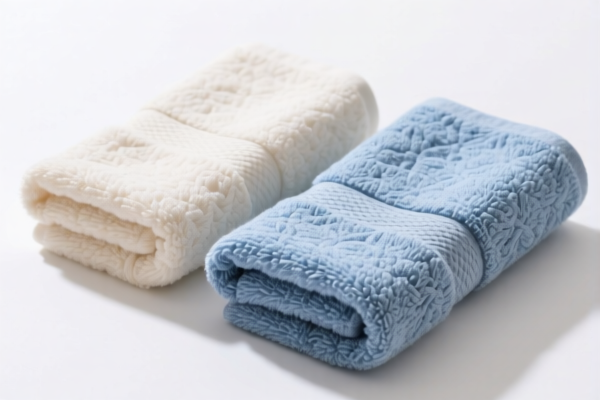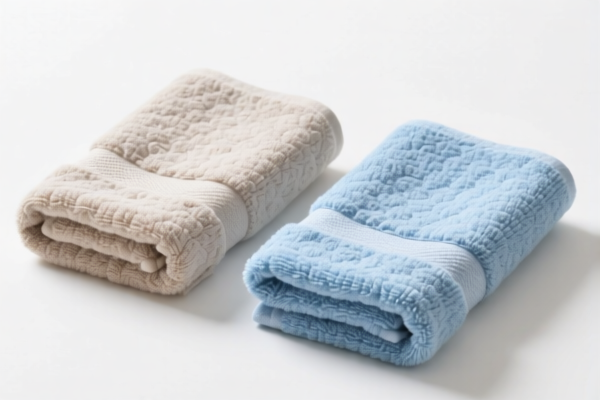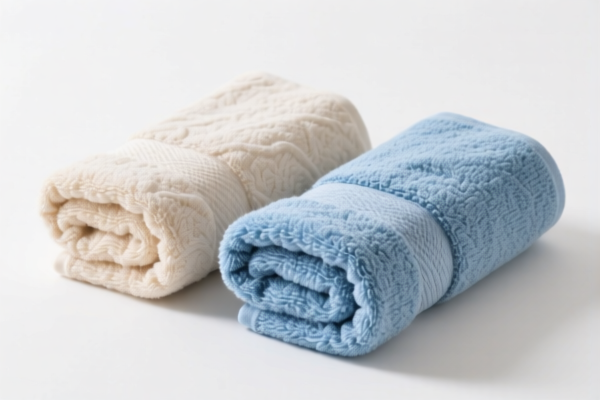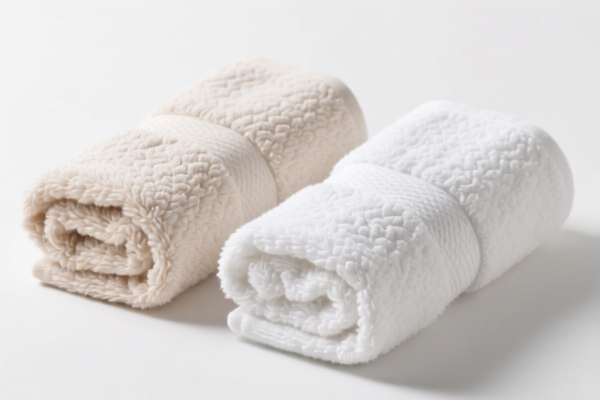| HS Code | Official Doc | Tariff Rate | Origin | Destination | Effective Date |
|---|---|---|---|---|---|
| 6101200010 | Doc | 53.4% | CN | US | 2025-05-12 |
| 6101200020 | Doc | 53.4% | CN | US | 2025-05-12 |
| 6102100000 | Doc | 55.9¢/kg + 16.4%+37.5% | CN | US | 2025-05-12 |
| 6201304000 | Doc | 36.2% | CN | US | 2025-05-12 |
| 6201407511 | Doc | 65.2% | CN | US | 2025-05-12 |




Cold Cover
A cold cover, also known as a thermal cover or insulation cover, is a protective layer designed to reduce heat transfer around an object, typically to maintain temperature stability. These covers are utilized across a diverse range of applications where controlling thermal conditions is crucial.
Material
Cold covers are constructed from materials with low thermal conductivity and high reflectivity. Common materials include:
- Multi-Layer Insulation (MLI): This is the most prevalent type, consisting of multiple layers of thin, highly reflective films (often aluminized Mylar or Kapton) separated by a spacer material. The layers trap air, significantly reducing heat transfer via conduction, convection, and radiation.
- Foams: Polyurethane, polystyrene, and other closed-cell foams provide insulation by containing trapped air. These are less effective than MLI but are often more cost-effective and easier to apply to complex shapes.
- Aerogels: These are highly porous solids with exceptional insulating properties, though they are generally more expensive and fragile than other options.
- Reflective Fabrics: Woven fabrics coated with reflective materials like aluminum can be used for less demanding applications.
Purpose
The primary purpose of a cold cover is to minimize unwanted heat gain or loss. This can be for:
- Maintaining Cryogenic Temperatures: Essential for storing and transporting liquefied gases (nitrogen, oxygen, argon, helium) used in scientific research, medical applications (cryosurgery, MRI), and industrial processes.
- Temperature Control of Spacecraft Components: Protecting sensitive instruments and systems from extreme temperatures in the vacuum of space.
- Insulating Pipelines and Vessels: Preventing freezing or overheating of fluids in transit or storage.
- Protecting Electronics: Shielding electronic components from temperature fluctuations that can affect performance or cause damage.
Function
Cold covers function by employing several mechanisms to reduce heat transfer:
- Conduction: The low thermal conductivity of the materials minimizes heat transfer through direct contact.
- Convection: The enclosed structure and vacuum (in some applications) eliminate or significantly reduce heat transfer via air currents.
- Radiation: Reflective surfaces bounce radiant heat away from the covered object, reducing heat gain from external sources or heat loss from the object itself.
Usage Scenarios
- Cryogenic Storage Tanks: Large tanks used to store liquefied gases require extensive cold cover systems to minimize boil-off.
- Spacecraft: Satellites, probes, and manned spacecraft utilize cold covers to regulate the temperature of fuel tanks, instruments, and other critical components.
- MRI Machines: Superconducting magnets in MRI machines are cooled with liquid helium and require cold covers to maintain cryogenic temperatures.
- Liquid Gas Transportation: Trucks and railcars transporting liquefied gases are often equipped with cold covers to reduce evaporation losses.
- Laboratory Equipment: Dewars, cryostats, and other laboratory equipment used for low-temperature experiments rely on cold covers for insulation.
- Industrial Processes: Pipelines and vessels used in chemical processing, food storage, and other industries may utilize cold covers to maintain desired temperatures.
Common Types
- Blanket Insulation: Flexible MLI blankets wrapped around the object and secured with straps or tapes.
- Vacuum Jackets: A rigid outer shell with a vacuum gap between the shell and the inner object. Often used for dewars and cryostats.
- Spray-on Foam Insulation: Closed-cell foam sprayed onto the object to create an insulating layer.
- Custom-Shaped Covers: Covers designed and fabricated to fit specific equipment or components.
- Cryogenic Hoses: Flexible hoses with multiple layers of MLI and vacuum jackets to maintain cryogenic temperatures during fluid transfer.
Based on the provided information, “cold cover” can be interpreted as overcoats, carcoats, capes, cloaks, anoraks (including ski-jackets), windbreakers and similar articles. Here are the relevant HS codes:
-
6101200010: Men's or boys' overcoats, carcoats, capes, cloaks, anoraks (including ski-jackets), windbreakers and similar articles, knitted or crocheted, other than those of heading 6103: Of cotton Men's.
- 61: Chapter 61 refers to articles of apparel and clothing accessories, knitted or crocheted.
- 01: Heading 01 specifies overcoats, carcoats, capes, cloaks, anoraks, windbreakers, and similar articles.
- 200010: Subheading 200010 further defines these articles as being of cotton and for men.
-
6101200020: Men's or boys' overcoats, carcoats, capes, cloaks, anoraks (including ski-jackets), windbreakers and similar articles, knitted or crocheted, other than those of heading 6103: Of cotton Boys'.
- 61: Chapter 61 refers to articles of apparel and clothing accessories, knitted or crocheted.
- 01: Heading 01 specifies overcoats, carcoats, capes, cloaks, anoraks, windbreakers, and similar articles.
- 200020: Subheading 200020 further defines these articles as being of cotton and for boys.
-
6102100000: Women's or girls' overcoats, carcoats, capes, cloaks, anoraks (including ski-jackets), windbreakers and similar articles, knitted or crocheted, other than those of heading 6104: Of wool or fine animal hair.
- 61: Chapter 61 refers to articles of apparel and clothing accessories, knitted or crocheted.
- 02: Heading 02 specifies overcoats, carcoats, capes, cloaks, anoraks, windbreakers, and similar articles.
- 100000: Subheading 100000 further defines these articles as being of wool or fine animal hair.
-
6201304000: Men's or boys' overcoats, carcoats, capes, cloaks, anoraks (including ski jackets), windbreakers and similar articles (including padded, sleeveless jackets), other than those of heading 6203: Of cotton: Anoraks (including ski-jackets), windbreakers and similar articles (including padded, sleeveless jackets): Recreational performance outerwear: Other: Water resistant.
- 62: Chapter 62 refers to articles of apparel and clothing accessories, not knitted or crocheted.
- 01: Heading 01 specifies overcoats, carcoats, capes, cloaks, anoraks, windbreakers, and similar articles.
- 304000: Subheading 304000 further defines these articles as being of cotton, anoraks (including ski-jackets), windbreakers, recreational performance outerwear, and water resistant.
-
6201407511: Men's or boys' overcoats, carcoats, capes, cloaks, anoraks (including ski jackets), windbreakers and similar articles (including padded, sleeveless jackets), other than those of heading 6203: Of man-made fibers: Anoraks (including ski-jackets), windbreakers and similar articles (including padded, sleeveless jackets): Other: Other: Other: Other Men's.
- 62: Chapter 62 refers to articles of apparel and clothing accessories, not knitted or crocheted.
- 01: Heading 01 specifies overcoats, carcoats, capes, cloaks, anoraks, windbreakers, and similar articles.
- 407511: Subheading 407511 further defines these articles as being of man-made fibers, anoraks (including ski-jackets), and for men.
Customer Reviews
No reviews yet.